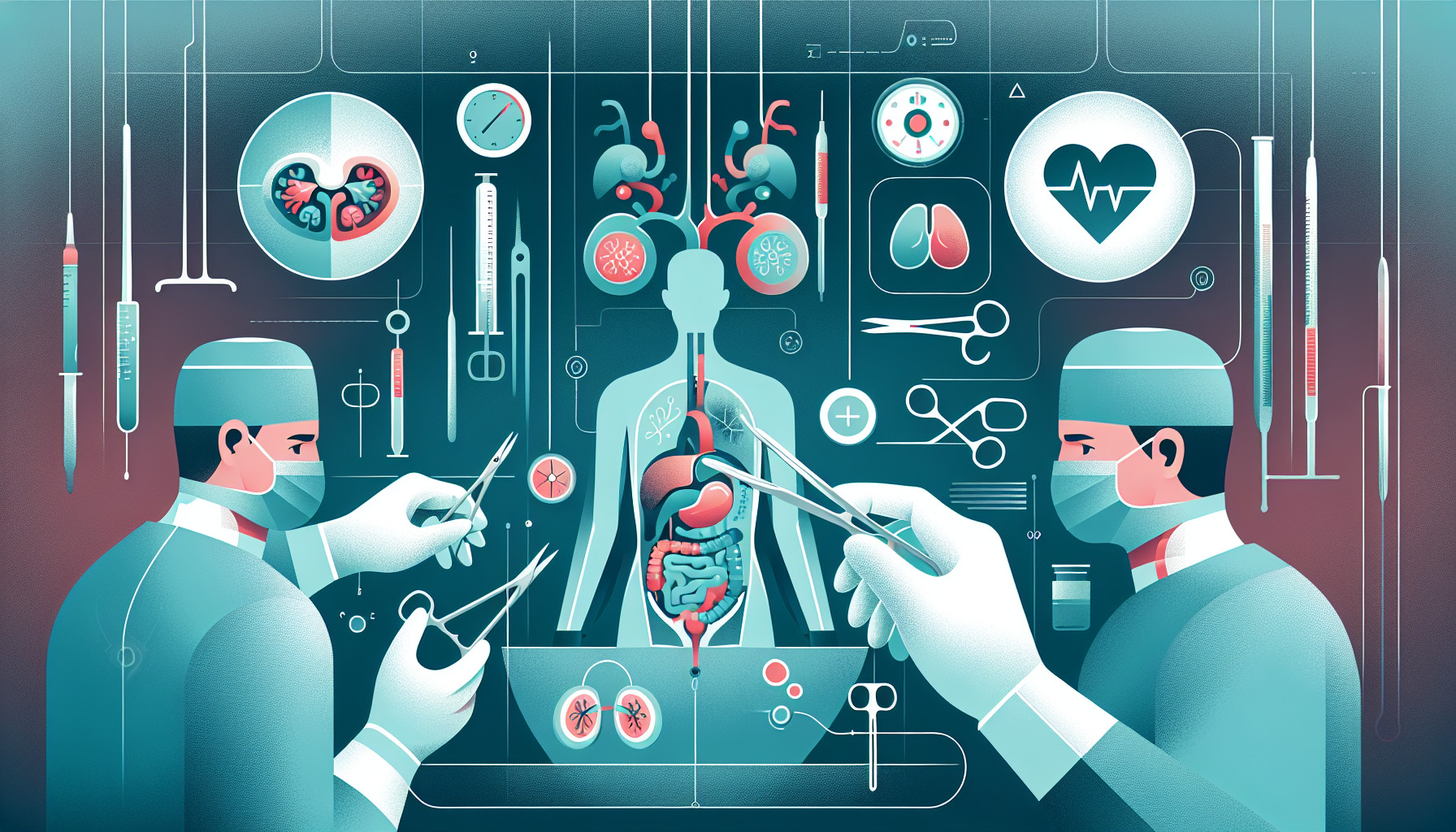Our Summary
This research paper presents an updated version of the European Association of Urology (EAU) guidelines for diagnosing and treating urinary tract infections (UTIs) in children. UTIs can sometimes be the first sign of an abnormality in the child’s urinary tract, particularly if the infection is accompanied by a fever. The diagnosis process should aim to spot these abnormalities while being as minimally invasive as possible.
Recent research has helped identify more risk factors that could suggest the presence of these abnormalities, including non-E. Coli infections, high-grade fever, and irregularities spotted during ultrasound scans. Taking these risk factors into account can help avoid unnecessary invasive tests on a larger number of children.
In addition to treating existing UTIs, it is crucial to prevent future infections and the kidney scarring they can cause. As bacteria continue to develop resistance to antibiotics, doctors should be mindful of how they use these drugs. Other preventative measures, like dietary supplements, managing bladder and bowel habits, and preventative use of antibiotics, can also help lower the chances of UTIs returning.
FAQs
- What are the updated EAU guidelines for diagnosing and treating UTIs in children?
- What are the newly identified risk factors for urinary tract abnormalities in children?
- What preventative measures can be taken to avoid future UTIs and kidney scarring in children?
Doctor’s Tip
Overall, the key takeaway is to focus on early detection, thorough evaluation, and preventative measures to ensure the best possible outcome for pediatric patients undergoing urologic reconstruction. It is important for doctors to work closely with their patients and their families to develop a comprehensive treatment plan that addresses both the immediate issue and long-term management of urologic conditions. Regular follow-up appointments and open communication are essential in monitoring progress and addressing any concerns that may arise.
Suitable For
Patients who are typically recommended pediatric urologic reconstruction include those with recurrent UTIs, vesicoureteral reflux (VUR), obstructive uropathy, neurogenic bladder, bladder exstrophy, hypospadias, epispadias, and other congenital abnormalities of the urinary tract. These conditions may require surgical intervention to correct structural abnormalities or improve urinary function. Pediatric urologic reconstruction aims to restore normal urinary tract function, prevent complications such as kidney damage, and improve the quality of life for affected children.
Timeline
Before pediatric urologic reconstruction:
- Initial diagnosis of urinary tract infection (UTI) in a child, often accompanied by symptoms such as fever, pain, and frequent urination.
- Further evaluation and testing to determine the cause of the UTI, including urine analysis, urine culture, and imaging studies like ultrasound or CT scan.
- Identification of risk factors for abnormalities in the child’s urinary tract, which may require urologic reconstruction.
- Treatment of the UTI with antibiotics and other medications as needed.
After pediatric urologic reconstruction:
- Surgical intervention to correct abnormalities in the child’s urinary tract, such as ureteral reimplantation or bladder reconstruction.
- Recovery period following surgery, including monitoring for complications and ensuring proper healing.
- Follow-up appointments with the urologist to assess the success of the reconstruction and monitor for any recurring issues.
- Implementation of preventative measures to reduce the risk of future UTIs and kidney scarring, such as dietary changes and medication management.
- Continued monitoring and management of the child’s urologic health to ensure long-term success of the reconstruction.
What to Ask Your Doctor
- What are the potential risks and benefits of pediatric urologic reconstruction for my child?
- How will the procedure be performed and what is the expected recovery time?
- Are there any alternative treatment options available for my child’s condition?
- What are the potential long-term effects of pediatric urologic reconstruction on my child’s urinary tract function?
- How often will my child need follow-up appointments after the procedure?
- Are there any lifestyle changes or restrictions my child will need to follow after the procedure?
- What is the success rate of pediatric urologic reconstruction for my child’s specific condition?
- Are there any potential complications or side effects associated with the procedure?
- How can we prevent future urinary tract infections in my child after the reconstruction?
- Are there any specific tests or monitoring that will need to be done post-procedure to ensure the success of the reconstruction?
Reference
Authors: ’t Hoen LA, Bogaert G, Radmayr C, Dogan HS, Nijman RJM, Quaedackers J, Rawashdeh YF, Silay MS, Tekgul S, Bhatt NR, Stein R. Journal: J Pediatr Urol. 2021 Apr;17(2):200-207. doi: 10.1016/j.jpurol.2021.01.037. Epub 2021 Feb 2. PMID: 33589366
